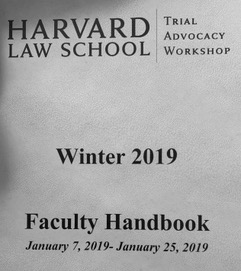Former MLB Player Kelly Gruber Faces DUI Charges

The ex-Toronto Blue Jays All-Star was arrested for Driving Under the Influence in Texas. He made the controversial choice to refuse both the breath test and the field tests. Will that move help him or hurt him?
In the early morning hours of April 22, 2018, Mr. Gruber was driving erratically, according to police. He had his turn signal on for a long period of time yet did not turn. A few moments later, the officer stopped him for travelling 83mph in a 65mph zone. Mr. Gruber reportedly admitted drinking, but he refused to answer any other questions or perform any other tests.
Travis County officials released Mr. Gruber after he posted a $3,000 bond.
Test DUIs vs. Refusal DUIs: An Overview
The New York and Texas DUI statutes are quite similar. Both define “intoxication” as a .08 BAC or the loss of normal use of faculties. Specifically, New York law says a person is intoxicated if s/he is impaired to a “substantial extent.”
As a practical matter, if a chemical test indicates a .08 or higher, the person is automatically guilty unless the test was invalid or there is another technicality. If there is no chemical test, prosecutors must use circumstantial evidence to establish substantial impairment.
Typically, the circumstantial evidence comes from the field sobriety tests, which are discussed below.
These cases can be difficult for prosecutors to win in contrast with the chemical test conviction rate which is usually 80 percent or higher.
Then there is the evidence in a complete refusal case. The prosecutor only has the defendant’s statements, if any, and the fact that the defendant refused to take the tests. The prosecutor will argue that the refusal is basically an admission of guilt. It’s up to a defense attorney to point out that there are lots of other reasons that a person might refuse the test. Nervousness in understanding can be one.
Field Sobriety Tests in a New York DUI
There is basically no scientific evidence to support the validity of most FSTs, with the exception of the three that the National Highway Traffic Safety Administration has approved. These tests are:
- Walk and Turn: The “walking a straight line” test is almost impossible to successfully complete when it is dark, cars are whizzing past, the defendant must walk an imaginary line, and other conditions that are common at the DUI scene.
- One Leg Stand: Like the WAT, the OLS is a divided attention test which measures both mental ability and physical dexterity. Most intoxicated people cannot multitask in this way. The problem with the OLS is that the officer often says the defendant “failed” the test based on a technicality, like setting the leg down a fraction of a second too early.
- Horizontal Gaze Nystagmus: Nystagmus is an involuntary eye movement that’s visible when people track moving objects without moving their heads (g. “follow my finger”). But a neurological birth defect, and not alcohol, is the leading cause of nystagmus. Other causes include diabetes, head injuries, certain medications, and brain tumors.
The prosecutor must use these shaky tests to establish guilt beyond a reasonable doubt, and that is a very tall order.
The National Highway Transportation Safety Administration recognizes .01-.05 as “sobriety.” From .05-.12 there is a presumed euphoria with loss of efficiency on finer motor tests. In one study, the cumulative reaction times drawn from a battery of tests at the .07 to .08 range, which included a computerized automobile simulator, were found to be slowed by only six-tenths of a second from those test subjects who had consumed no alcohol. In other words it is very difficult to determine if someone is just below the state DUI limit using the above FST tests alone.
Resource:
statesman.com/news/local/just-former-mlb-athlete-kelly-wayne-gruber-arrested-austin-dwi-charge/N25g38vuMnl0pQXZhZIfpO/












